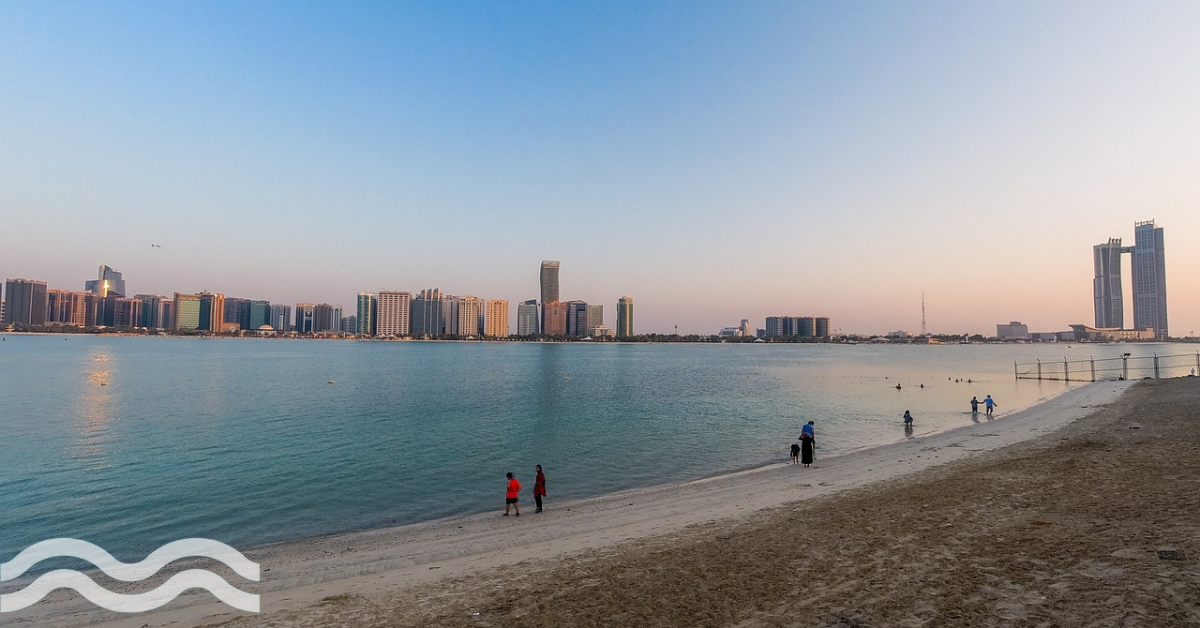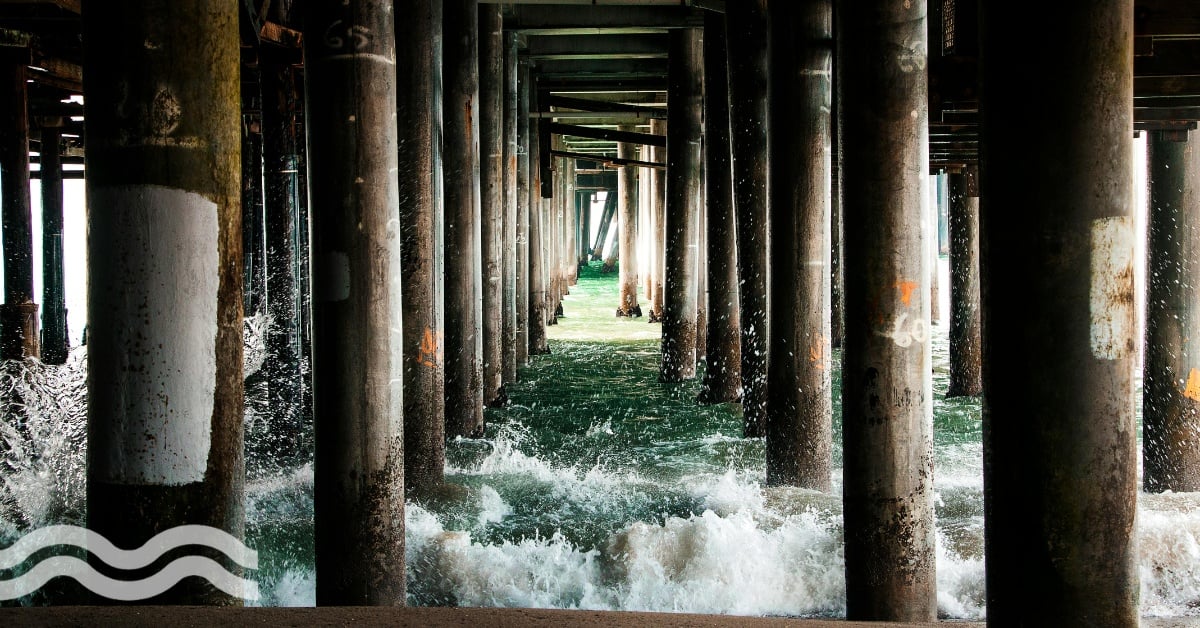Mirfa 2: Adding to Abu Dhabi’s desalination history

As one of the largest producers of desalinated water worldwide, Abu Dhabi has made remarkable progress in providing access to clean water for its people through this complex and innovative technology. From the first plant in 1960, through to the recently commissioned Mirfa 2, we look at desalination progress over the years in the Emirate state.
1960 - the very beginning
Abu Dhabi's desalination journey began in the 1960s with the first desalination plant built on the Abu Dhabi Corniche. At that time, the plant was capable of processing 6,000 m3/day of seawater. As the city's population grew, the demand for water increased at an alarming rate. The government realised the importance of desalination plants, and with time, Abu Dhabi increased its capacity.
Over the past 25 years, the majority of desalination plants installed in Abu Dhabi have been multi-stage flash (MSF) type units. Abu Dhabi Water and Electricity Department (WED) currently operates 33 large MSF desalination plants, with a combined design capacity of about 222 million imperial gallons (MIGD).
The plants' size has increased steadily thanks to improvements in various aspects of plant design, material selection, and the use of improved treatment technology.
On some islands and in remote areas a large variety of smaller desalination plants have been installed. These have used different systems, such as vapor compression plants with mechanical or thermocompressors; multiple effect and MSF distillers, and Reverse Osmosis (RO) systems. Plant sizes of up to 2 MIGD serve these areas.
One of the prominent desalination plants in Abu Dhabi is the Taweelah Reverse Osmosis Desalination Plant. Established in 1998, it produces 380,000 m3/day, yet has the capacity to produce over 900,000 m3/day and is one of the largest desalination plants in the world. The plant uses a variety of processes to remove impurities from seawater, including reverse osmosis (RO) membranes.
Part of a mix of solutions
Veolia has also recently announced it will launch its Mirfa 2 desalination project in the emirate commissioned by Abu Dhabi National Energy Company (TAQA) and Engie, French multinational utility company. The RO desalination plant will be the third-largest desalination plant in the UAE.
With a production capacity of 550,000 m3/day of potable water, it will provide clean drinking water to approximately 210,000 households while offering increased efficiency and a reduced environmental footprint. Project construction will begin in Q2 2023 so the plant can be commissioned by 2025.
“Growing desalination capacities in a sustainable way is crucial, as they are a part of the mix of solutions needed to address water scarcity across the globe, and especially in the Middle East,” said Estelle Brachlianoff, chief executive officer of Veolia.
The future of desalination in Abu Dhabi
The UAE plans to draw 44 per cent of its energy from renewable sources by 2050, a target to reduce the region’s carbon footprint. Moreover, Abu Dhabi is one of the world's largest producers of renewable energy and desalination is no exception.
The journey of Abu Dhabi's desalination industry has come a long way from the 1960s to the present day. Abu Dhabi's water crisis is reducing in severity, but the city still has work to do. It has to continue finding more affordable sources of clean water, introducing new technologies and creating better policies and regulations.


